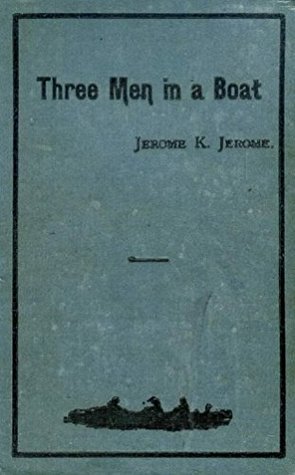Day, the author of Sandford and Merton,
The History of Sandford and Merton (1783–89) was a best-selling children's book written by Thomas Day. He began it as a contribution to Richard Lovell and Honora Sneyd Edgeworth's Harry and Lucy, a collection of short stories for children that Maria Edgeworth continued some years after her stepmother died. He eventually expanded his original short story into the first volume of The History of Sandford and Merton, which was published anonymously in 1783; two further volumes subsequently followed in 1786 and 1789. The book was wildly successful and was reprinted until the end of the nineteenth century. It retained enough popularity or invoked enough nostalgia at the end of the nineteenth century to inspire a satire, The New History of Sandford and Merton, whose preface proudly announces that it will "teach you what to don't".
The "history of Sandford and Merton" follows the reformation of Tommy Merton who is transformed from a spoiled six-year-old boy into a virtuous gentleman (Day defines virtue as the appreciation of the value of labour). Tommy, having been pampered and indulged by his mother and their slaves in the West Indies, is a proud and ignorant aristocrat; he lacks the sterling qualities of "plain, honest" Henry (Harry) Sandford, the yeoman farmer's son, who becomes his model and mentor in the book. Both are guided by a mentor, Mr. Barlow. Day wanted to emphasize the series of stories he had collected, which ranged from moral tales to scientific lessons to fables, but the book became famous for the story of Tommy and Harry. Many abridgements which appeared after Day's death reflect this interest; they condense the book, remove sections on educational philosophy and highlight the relationship between the two boys. One, for example, was by Lucy Aikin in 1868 as Sandford and Merton: In Words of One Syllable.


